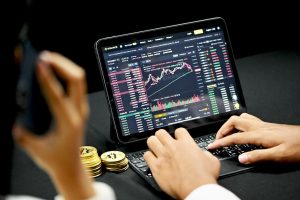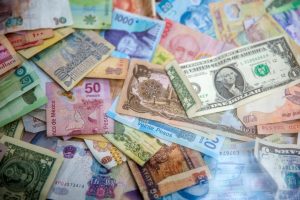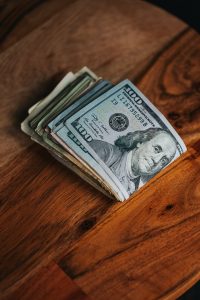Forex, also known as foreign exchange, is the world’s largest financial market, with trillions of dollars traded each day. Trading forex involves buying and selling currencies in the hopes of making a profit from the exchange rate fluctuations. One of the most common questions that traders ask is how much money does 10,000 units of forex cost?
The answer to this question depends on several factors, including the currency pair being traded, the exchange rate, and the leverage used. Let’s break down each of these factors to give you a better understanding of how much 10,000 units of forex would cost.
Currency Pair Being Traded
In forex trading, currency pairs are traded against each other. The most commonly traded currency pairs are the major pairs, which include the US dollar, the euro, the Japanese yen, the British pound, the Canadian dollar, the Swiss franc, and the Australian dollar. These currency pairs are the most liquid and offer the tightest spreads.
Assuming that you are trading one of the major currency pairs, the cost of 10,000 units of forex will depend on the exchange rate of the pair. For example, if you are trading the EUR/USD pair, which is currently trading at 1.2000, the cost of 10,000 units of euro would be $12,000 (10,000 x 1.2000).
Exchange Rate
The exchange rate is the rate at which one currency can be exchanged for another. Exchange rates are constantly fluctuating due to various economic and political factors, and this can have a significant impact on the cost of forex.
Let’s say that you are trading the EUR/USD pair, and the exchange rate has increased to 1.2500. This means that the value of the euro has increased relative to the US dollar. As a result, the cost of 10,000 units of euro would now be $12,500 (10,000 x 1.2500).
On the other hand, if the exchange rate had decreased to 1.1500, the cost of 10,000 units of euro would be $11,500 (10,000 x 1.1500). This highlights the importance of keeping an eye on the exchange rate when trading forex.
Leverage
Leverage is a powerful tool in forex trading that allows traders to control a larger position with a smaller amount of capital. For example, if you have a leverage of 1:100, you can control a position worth $100,000 with a margin requirement of $1,000.
Assuming that you have a leverage of 1:100, the cost of 10,000 units of forex would be significantly lower than the actual value of the position. For example, if you are trading the EUR/USD pair with a leverage of 1:100, and the exchange rate is 1.2000, the cost of 10,000 units of euro would be $120 (10,000 x 1.2000 / 100).
However, it’s important to remember that leverage can also increase your losses if the market moves against you. Therefore, it’s crucial to use leverage wisely and only risk a small percentage of your trading capital.
Conclusion
In conclusion, the cost of 10,000 units of forex depends on several factors, including the currency pair being traded, the exchange rate, and the leverage used. Assuming that you are trading one of the major currency pairs, the cost of 10,000 units of forex can range from a few hundred dollars to several thousand dollars.
It’s important to keep in mind that forex trading involves a high level of risk, and traders should only risk the amount of capital that they can afford to lose. Additionally, traders should always keep an eye on the market conditions and adjust their trading strategies accordingly.





